





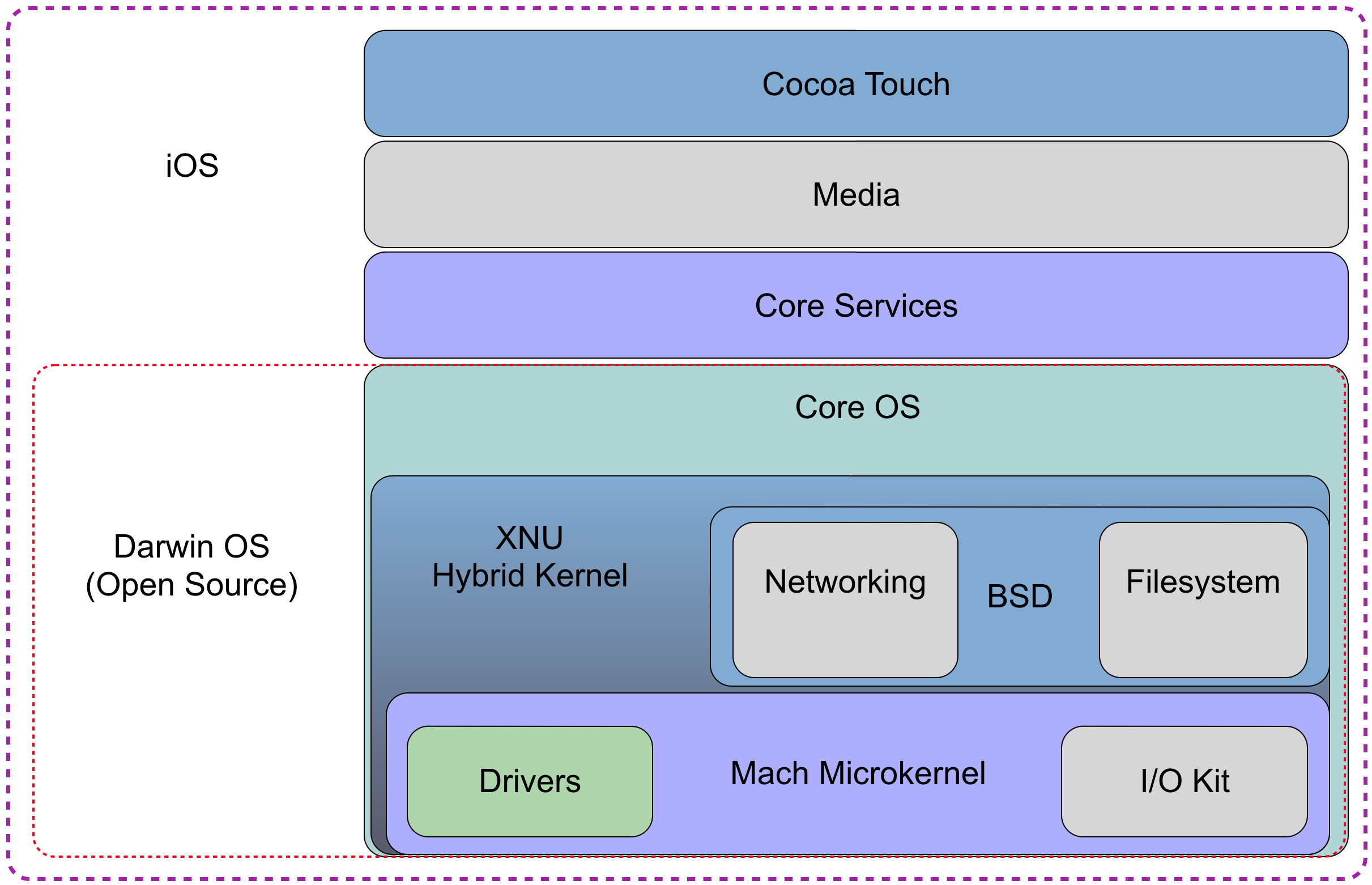
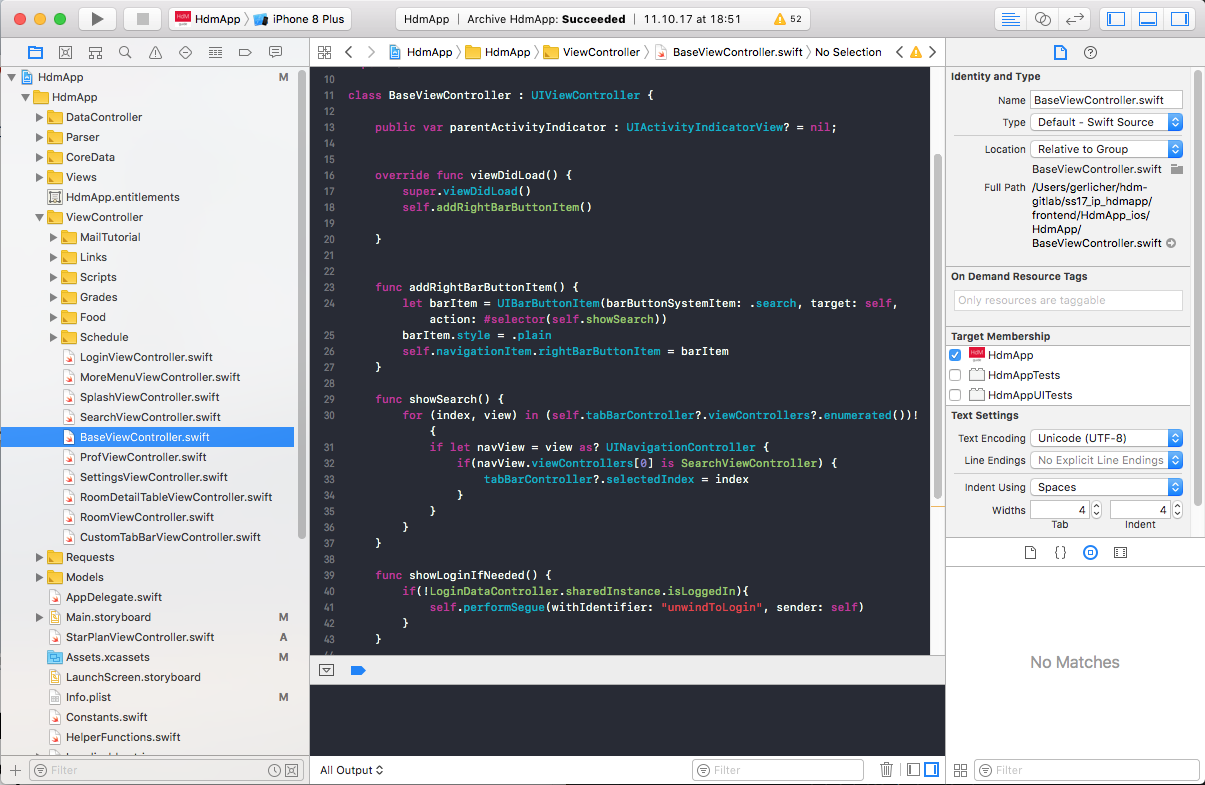
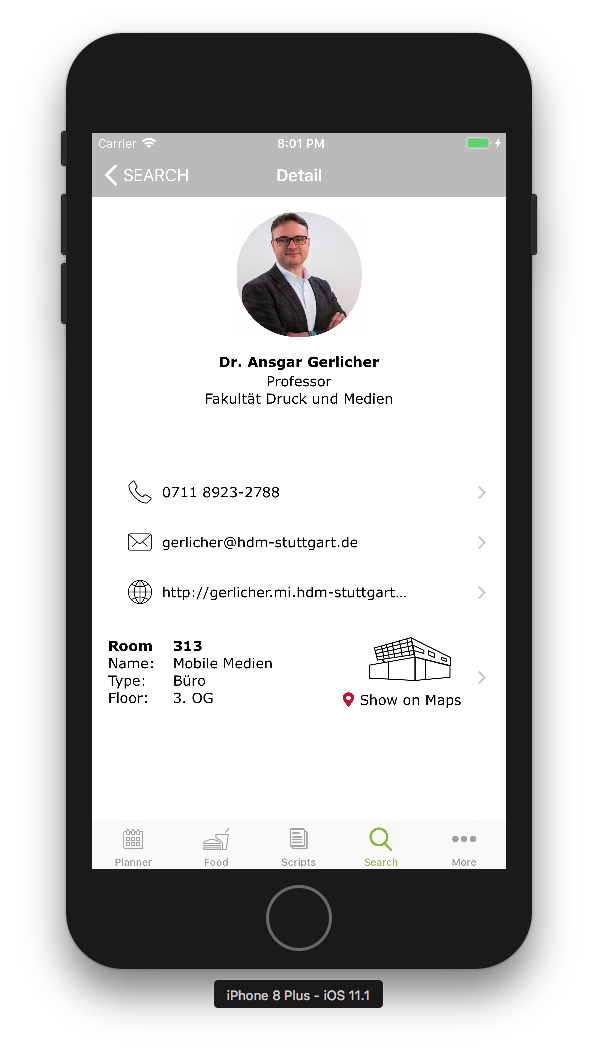
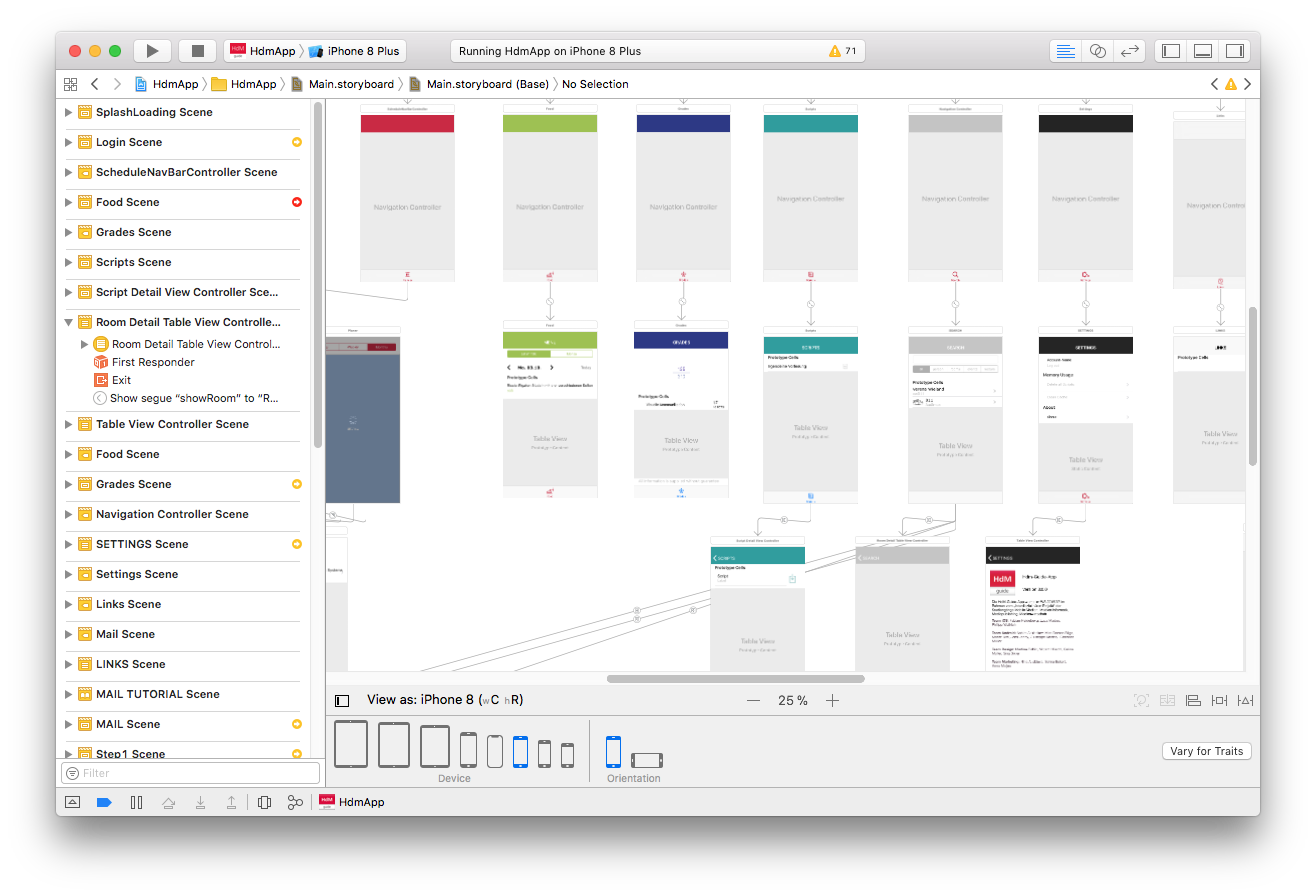
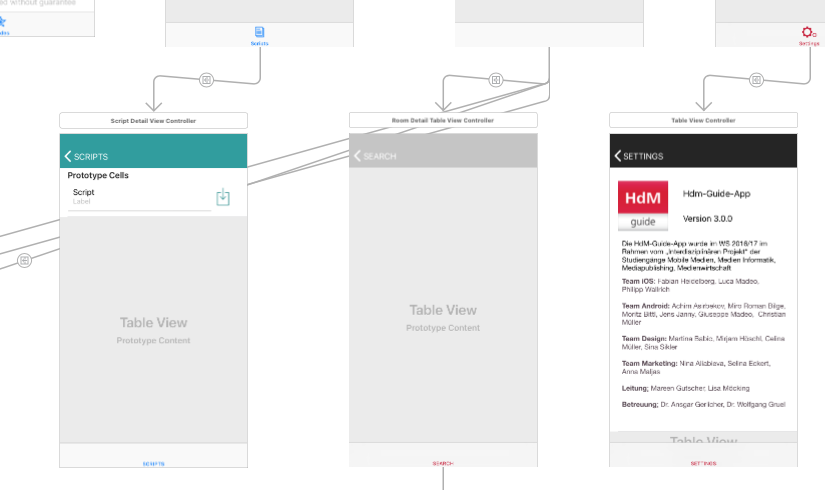
Command + Shift + .Shift + Command + LCommand + SpaceCommand + <Option +5 for [, Option + 6 for ]Option + 8 for {, Option + 9 for }fnOption + Click to open files in new tabsgit clone <repository_url>git pushgit pullgit commit -m "Commit message"git add <file>git add :/git statusgit loggit remote get-url origingit checkout <branch_name>git checkout -b <branch_name>git merge <branch_name>git branch -d <branch_name>